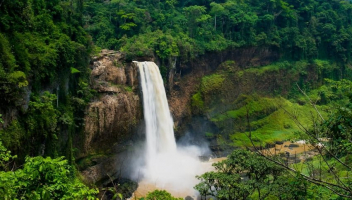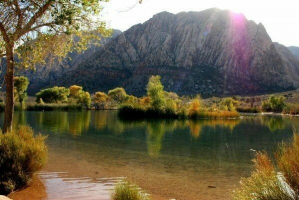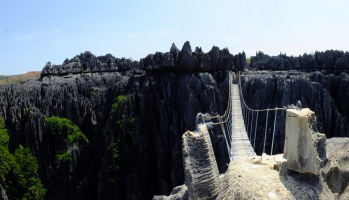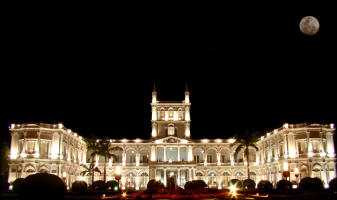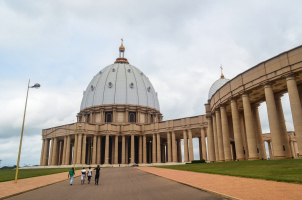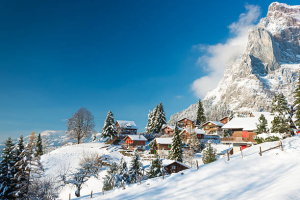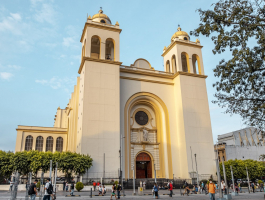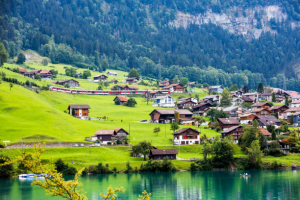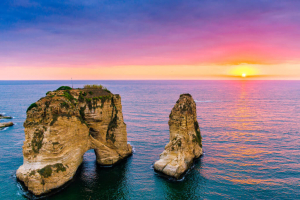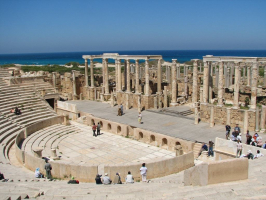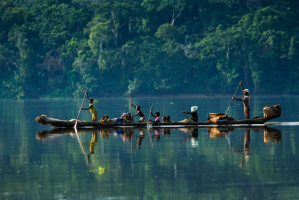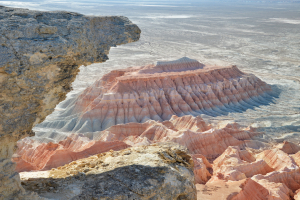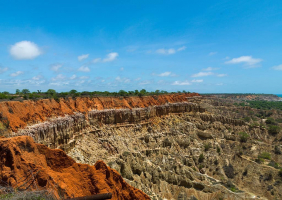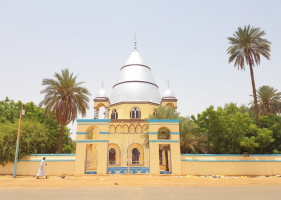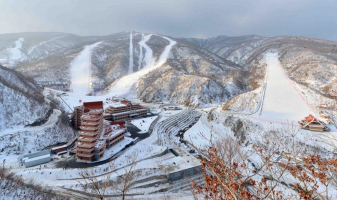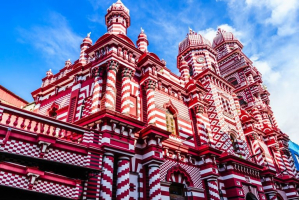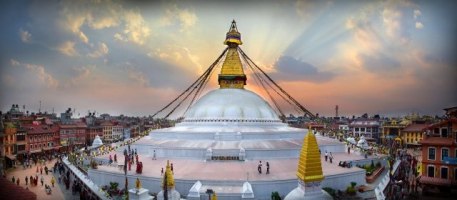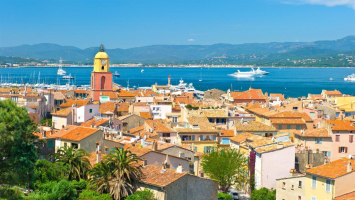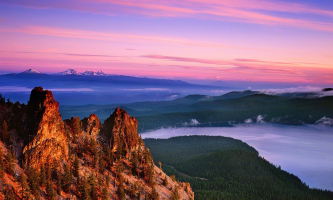Top 7 Best Places to Visit in Lesotho
Lesotho, which is often dubbed the Kingdom in the sky, may not be the first country popping into mind when thinking about travel destinations. However, if you ... read more...decide to travel here, you'll be surprised because Lesotho has so many beautiful places to visit. The country is the only one in the world that lies entirely above an altitude of 1,000 m (3280 ft). Lesotho is an easy country to traverse, and it is full of unique adventures and great places to visit. If you are planning to visit Lesotho, please refer to the following beautiful destinations!
-
Sani Pass is a legendary road. Crossing this road to the highest pass in South Africa is a real adventure even for experienced 4×4 drivers.
This extreme pass, which leads to one of the highest roads in Africa, was completed around 1950, and the road condition is still quite problematic, if not the worst. The Sani Pass is the only border between the Lesotho Mountain Kingdom and the Kwa-Zulu Natal region of eastern South Africa and the only road that crosses the Drakensberg range.
Sani Pass was once a mule trail. These animals were used to transport the wool to Natal, where it was exchanged for clothing and blankets.
The scenery along the Sani Pass is breathtaking, with some peaks rising 3,200 m (10,499 ft) above sea level. Don't forget to stop along the way for exciting hiking, horseback trekking, or fishing in one of the many rivers.
At the top of the Sani Pass, you'll find the highest tavern in Africa, a part of the Sani Mountain Lodge. At 2,874 m (9429 ft) above sea level, this is a cloud bar with a cozy interior, a great place for a drink or lunch.
Location: West of KwaZulu-Natal, South Africa on the road between Underberg, KwaZulu-Natal, and Mokhotlong, Lesotho
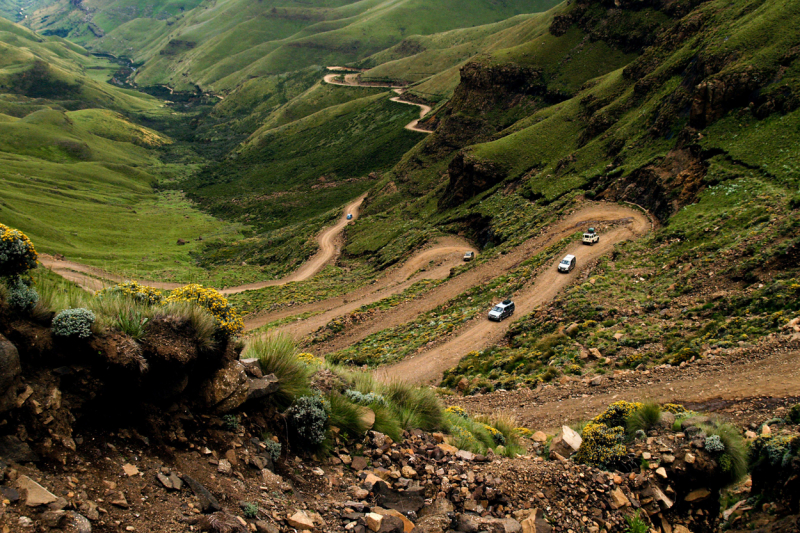
Sani Pass. Photo: lesotho-blanketwrap.com 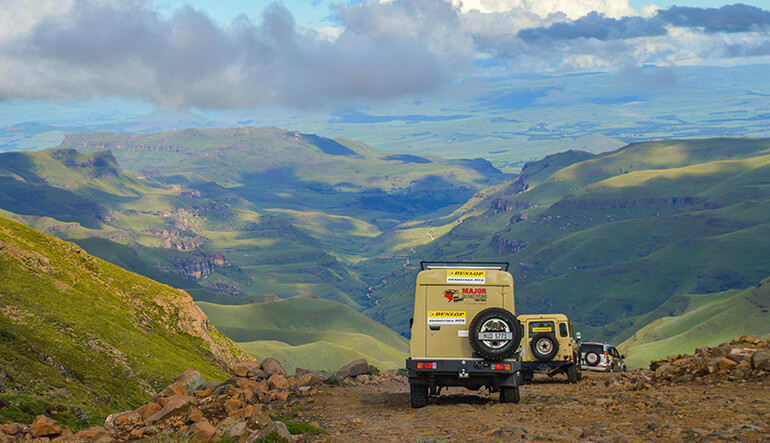
Sani Pass. Photo: africantravelcanvas.com -
Located 24 km outside Maseru, Thaba Bosiu is a National Monument and top tourist attraction of Lesotho with great historical significance as the birthplace of the Basotho People.
It was a sandstone plateau where King Moshoeshoe I, founder of the Nation of Basotho, founded what turned out to be a formidable fortress defending his People during the Lifaqane (Mfecane) war. "Thaba Bosiu," which means "Mountain at night," was believed to possess supernatural powers that made it grow into a tall mountain during the night that enemies who tried to shrink it remains stuck on the cliffs and vulnerable to attack the next day.
Thaba Bosiu has a restaurant, museum, cultural village, and lecture hall on-site.
When you enter Thaba Bosiu Cultural Village, you will receive a warm welcome. It seems that these villages have been frozen in time, honoring the culture of their inhabitants. The Basotho people often wear traditional conical hats and tribal blankets with patterns that change depending on the occasion. They live in circular huts and will happily show you around their home, which will be an unforgettable experience.
Location: Between the Orange and Caledon Rivers in the Maseru District of Lesotho
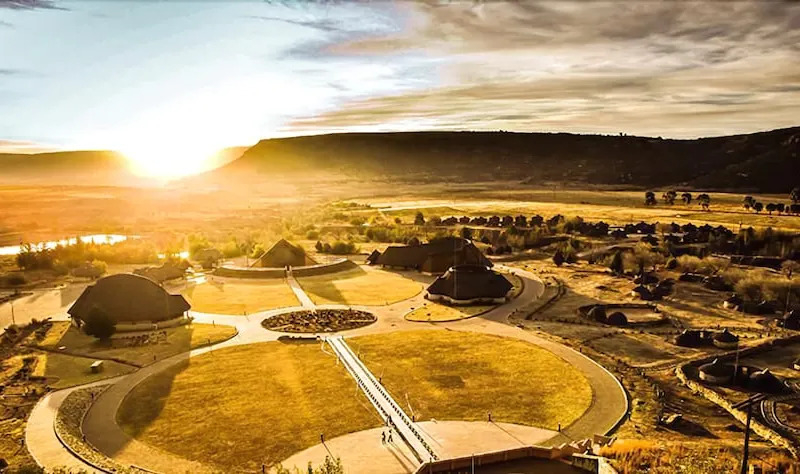
Thaba Bosiu Cultural Village. Photo: trip.com 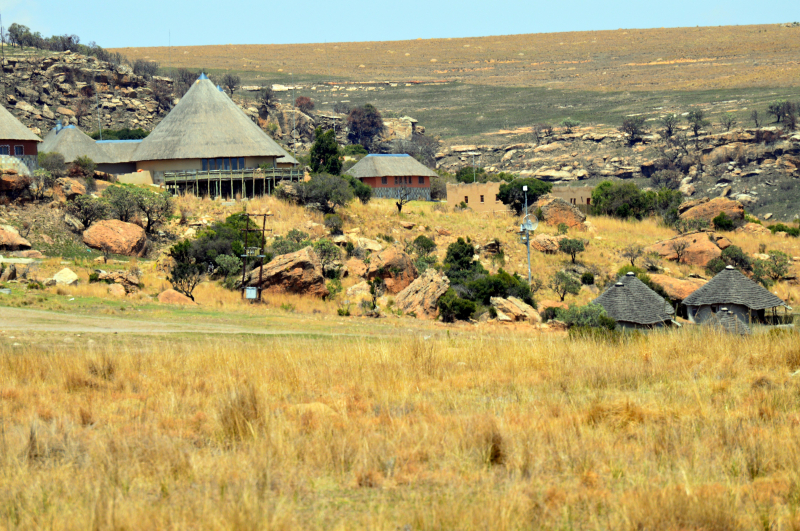
Thaba Bosiu Cultural Village. Photo: pinterest.com -
Ts'ehlanyane National Park is the largest National Park in Lesotho, located in the Maloti Mountains in Botha-Bothe County, and is part of the larger Maloti-Drakensberg Transfrontier Conservation Area. This North Lesotho park protects a stunning 5,600-hectare high-altitude rugged wilderness that includes one of the only indigenous forests in Lesotho with several rare underground plant species unique to this woodland habitat.
This North Lesotho park protects a stunning 5,600-hectare high-altitude rugged wilderness. Here indigenous "Ouhout" (Leucosidea) trees of considerable size are preserved. The park has an altitude ranging from 1940m to 3112m and is considered mostly alpine. The diversity of habitat types is exceptionally high and stems from the wide range that the park has.
On the banks of rivers and streams are berg bamboo ramparts of great cultural significance to the Basotho people. Berg bamboo is the host plant of an endangered butterfly species. The scientific name is Bamboo Sylph Metisella syrinx. The reserve also includes a fair proportion of very rare mountain "fynbos" that do not occur anywhere else in the World. Also recorded are more than 220 species of flowing plants.
Location: Maloti Mountains, Botha-Bothe District, Lesotho
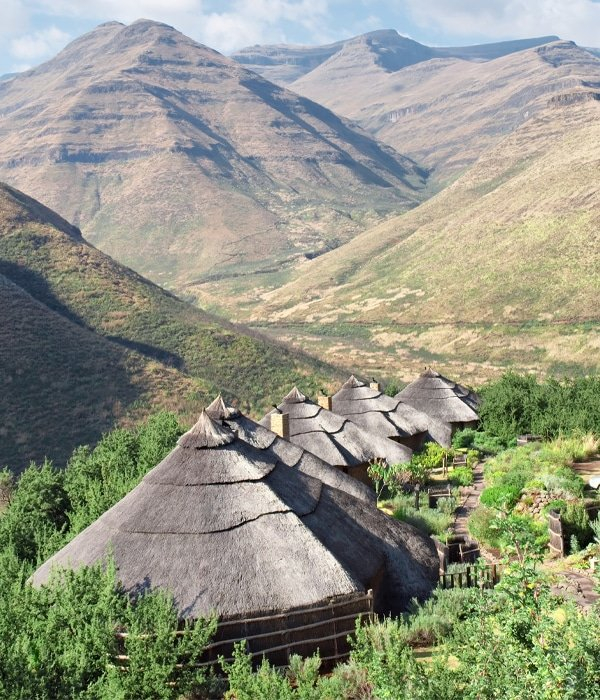
Ts'ehlanyame National Park. Photo: ikewana.com 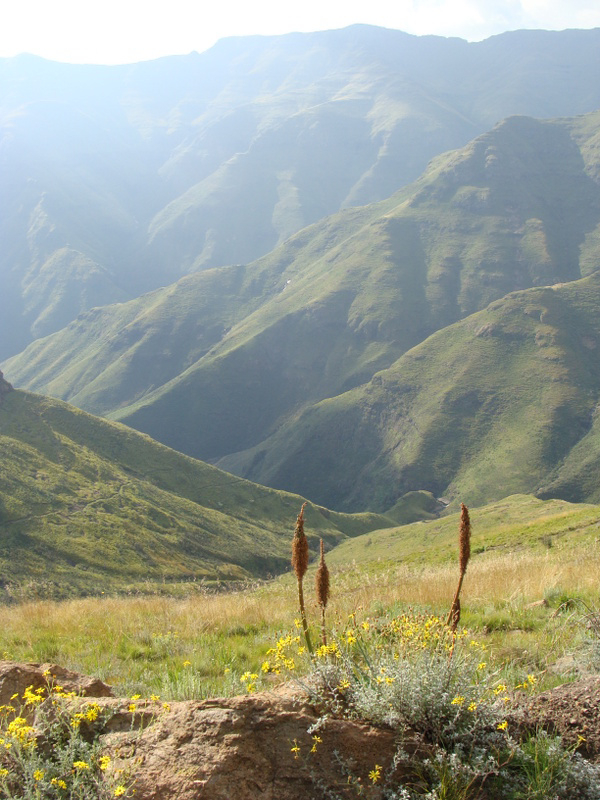
Ts'ehlanyame National Park. Photo: touristlink.com -
Located in Thaba Putsoa, about 115 km southeast of Maseru, Semonkong is a small highland town whose name alludes to the spectacular cloud spray produced by nearby Maletsunyane Falls rises when it is in full flow.
Possibly the only well-known natural feature in Lesotho, Maletsunyane is one of Africa's tallest single-drop waterfalls, plunging 192 meters over an absolute basalt outcrop into a narrow gorge bound by steep green slopes and sandstone cliffs. In addition to creating a dramatic misty plume during the peak rainy season, the falling water creates a loud reverberation claimed by local legend to be the wailing of the souls of those who drowned there.
Tourism around Thaba Putsoa focuses on Semonkong Lodge, which enjoys an attractive rural location on the tree-lined banks of the Maletsunyane River, within easy walking distance of the waterfall's main viewing point. The surrounding area offers some excellent hiking and horseback riding opportunities, most notably the steep boardwalk that leads to the foot of the canyon below the falls.
Location: Thaba Putsoa, Maseru District, Lesotho
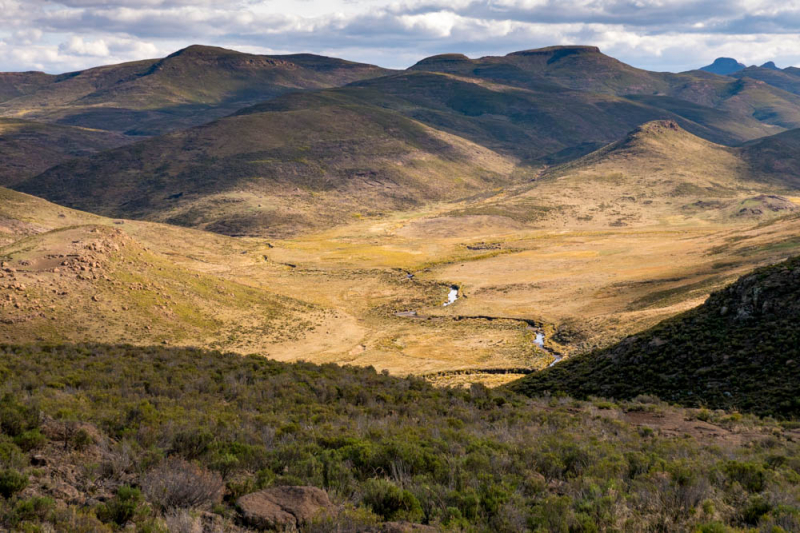
Semonkong. Photo: lmdesert.com 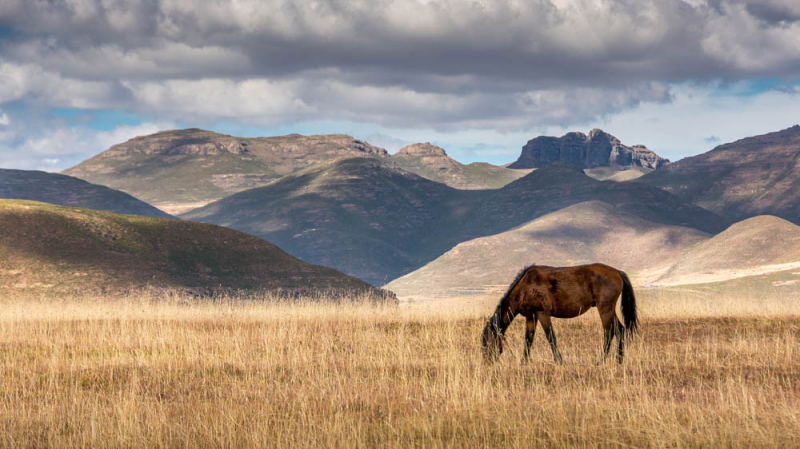
Semonkong. Photo: lmdesert.com -
The imposing Maluti Mountain range forms part of the Drakensberg system on the border of South Africa and Lesotho. It spans 100km and connects the Free State in South Africa with the Butha-Buthe District in Lesotho. The Maluti Mountains get their name from the word 'Loti,' which is the currency of Lesotho.
These rolling hills, jagged slopes, and towering peaks offer tourists a unique playground. Whether you want to stroll around the slopes or hit it up with some gear and maps, the Maluti Mountains will not disappoint.
From June to August, you can ski at Afriski. This resort is located in the mountains of Maluti and is the only ski resort in Lesotho. Note that snow can be sparse during winter, and snow generators can fill in gaps.
Alternatively, you can also choose to cycle on the trails to explore the peaks and valleys of the breathtaking mountain scenery. Hiking and picnicking are also an experience you should try here.
Location: Northern Lesotho
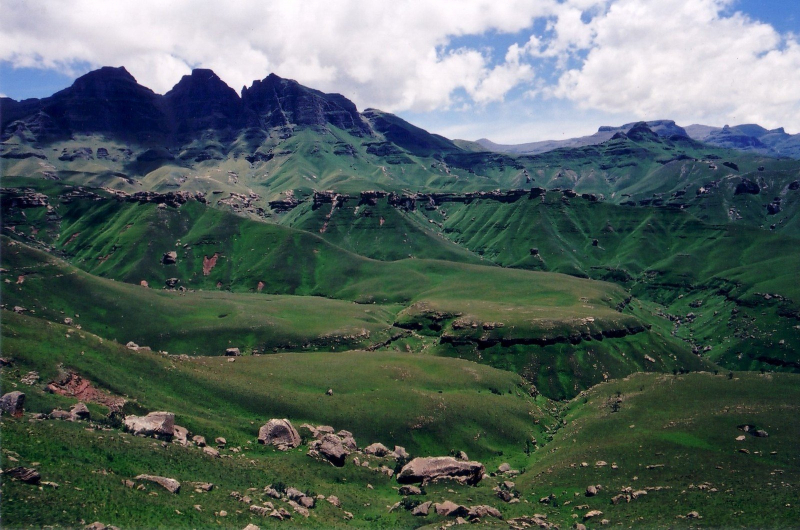
Maluti Mountains. Photo: freeimages.com 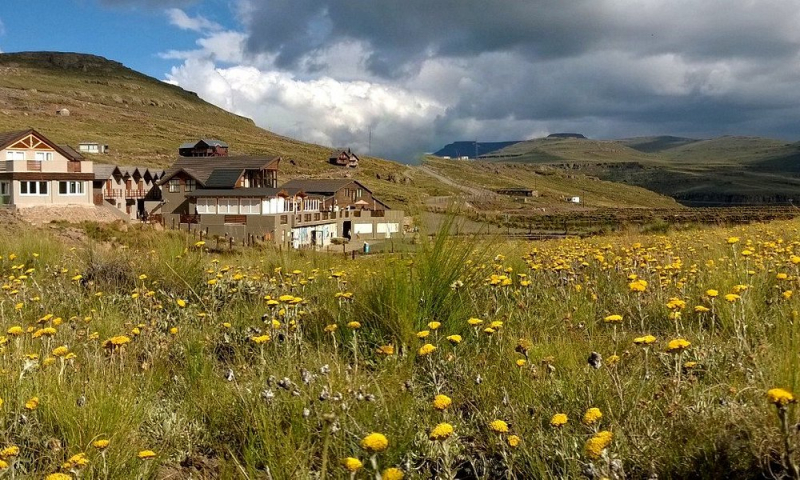
Maluti Mountains. Photo: tripadvisor.com -
Ha Kome Cave Village is located in the Pulane area of the Berea district. The caves were a refuge for the Basia and a Bataung clan during the Lifaqane War and cannibalism.
This cave is still inhabited by their descendants to this day. There are also faded San paintings in the cave showing that the San occupied the cave for some time before the arrival of the Basia only briefly.
The Kome Crafts and Information Office is about 500 meters from the cave on a path that features locally produced crafts, including crafts from Lesotho Mountain Crafts in Teyateyaneng, 21 km from the center. You will also find a clothing store and a small cafe in the center. At the Kome Crafts and Information Center, you can have a picnic and even barbecue at one of the many stalls. The helpful staff at the center can help you organize walks around the Pulane area and even assist you with guided tours of the Kome Cave Village.
Location: Pulane area, Berea district, Lesotho
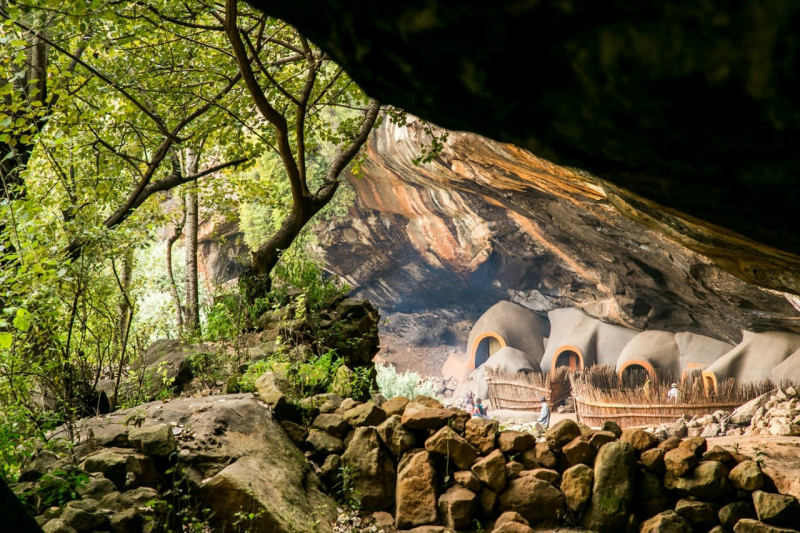
Kome Cave Dwellings. Photo: tracks4africa.co.za 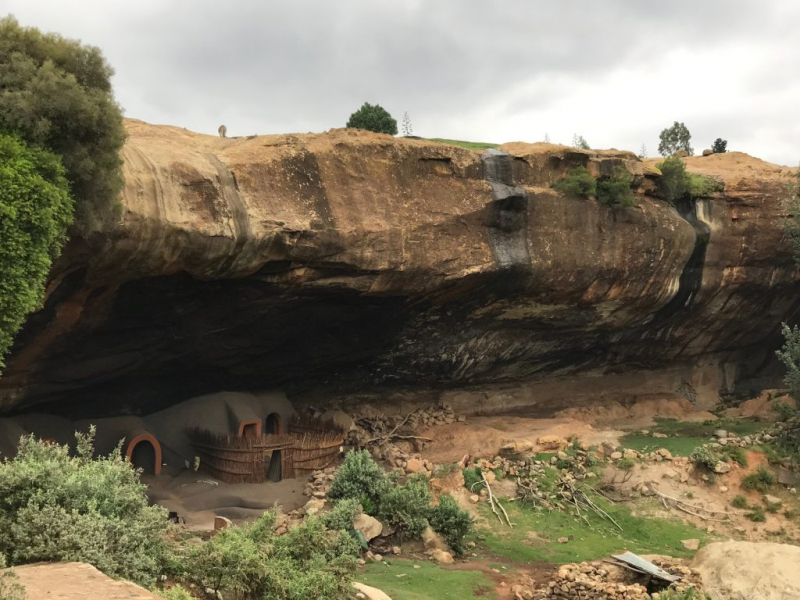
Kome Cave Dwellings. Photo: kdalive.com -
One of the most ambitious engineering projects ever undertaken in South Africa, the Katse Dam is Africa's second-largest double-arch dam. Some 710 meters long and 185 meters high, it consists of a deep, zigzag, ribbed reservoir that extends more than 30 kilometers along the Malibamat'so River when full and has a total surface area of 38.5 square kilometers.
Visitors taking the A25 from Maseru will pass the tunnel's intake tower on the left as they cross the reservoir on the Mphorosane Bridge near Ha Lejone, about 30 kilometers before reaching the dam. Also visible from the bridge is a cluster of circular fish farms that produce the famous salmon in Lesotho.
The highlight of a visit to the dam is the Katse Botanical Garden. Known as the highest botanical garden in the Southern Hemisphere, it sits at 2,230 meters adjacent to the village of Katse, and it spans over 17 hectares of steep terraces interwoven with well-maintained footpaths.
The garden protects more than 500 species of native plants, including various proteas, aloes, lilies, and red-hot pokes. Particularly striking is the orange-flowered spiral aloe, the national flower of Lesotho. You should also lookout for the pink Lesotho lily, the exotic pineapple flower, and the snake aloe plant with its unique long-legged inflorescence.
The garden has a beautiful location, attracting enchanting birds such as the Cape and the brilliant yellow sunbirds that hover among the flowers in search of nectar.
Location: Malibamat'so River, Lesotho
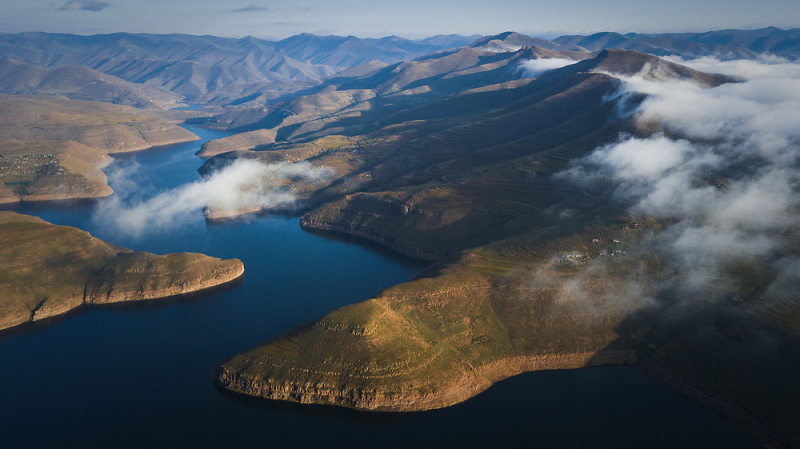
Katse Dam. Photo: chrisparkes.photoshelter.com 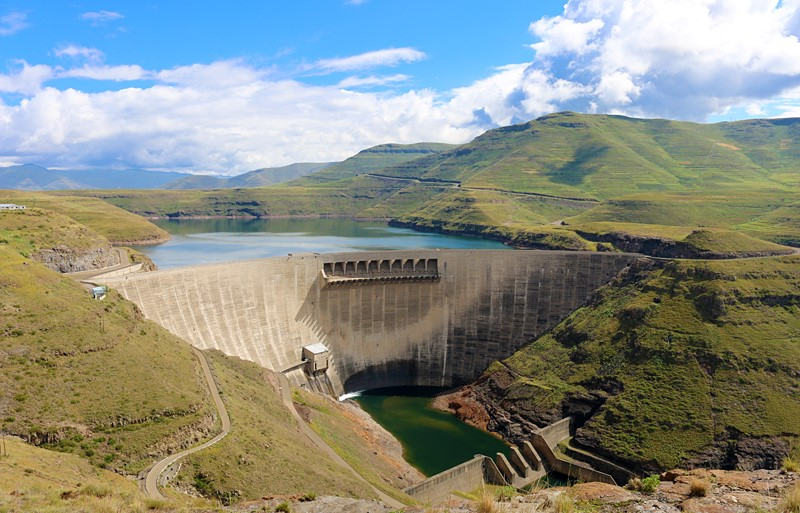
Katse Dam. Photo: addflag.com









